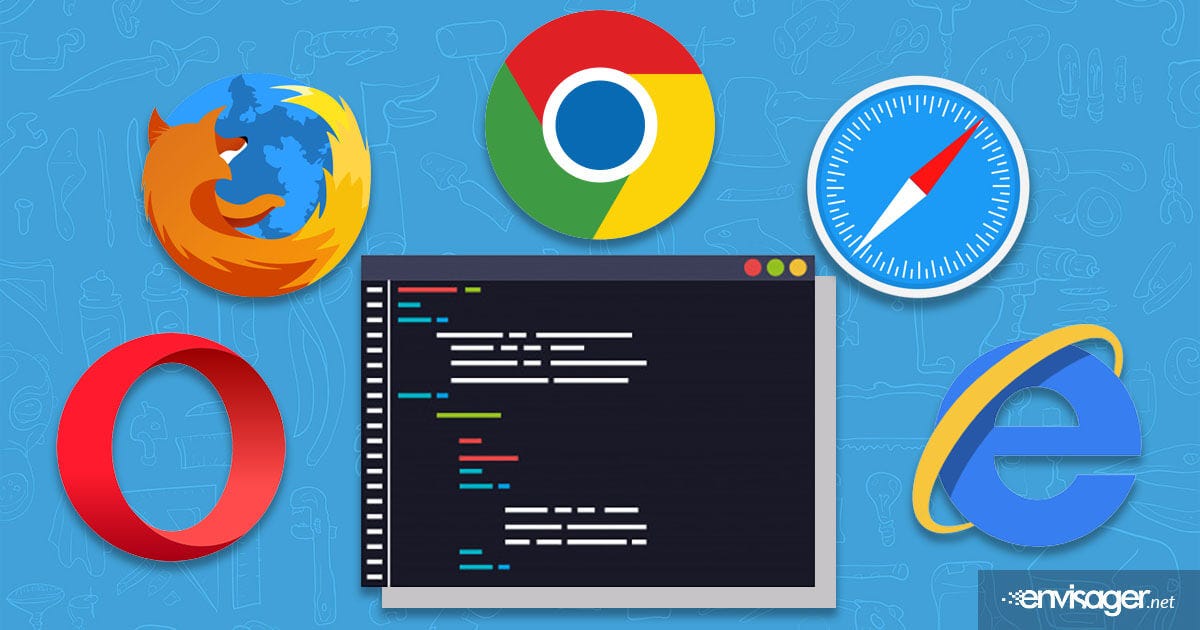CJ Attard Insights
Exploring the latest trends and insights in various industries.
Browser Brawls: Taming the Compatibility Chaos
Unravel the mysteries of browser compatibility! Discover tips and tricks to tame the chaos and enhance your web experience like a pro!
Understanding Browser Compatibility: Why It Matters for Your Web Experience
In the digital age, browser compatibility is a crucial aspect of web development that affects how users interact with a website. Different web browsers interpret code in slightly different ways, which can lead to discrepancies in how a website is displayed or functions. For instance, a website may appear flawless on Google Chrome yet exhibit bugs or layout issues in Firefox or Safari. This inconsistency can frustrate users, leading to higher bounce rates and less engagement. Ensuring that your site is compatible across various browsers is essential for providing a seamless user experience.
Understanding the significance of browser compatibility can also impact your website's SEO performance. Search engines prioritize user experience, and if a website performs poorly on certain browsers, it can affect its rankings. To enhance both usability and visibility, web developers should conduct extensive testing across multiple platforms. This process often involves using tools and frameworks for responsive design, alongside maintaining standard HTML and CSS practices. Ultimately, addressing browser compatibility not only increases user satisfaction but also contributes positively to your site's reputation and online presence.

Top 10 Tips for Ensuring Cross-Browser Compatibility
Ensuring cross-browser compatibility is essential for delivering a consistent user experience across various platforms. Here are top 10 tips to help you navigate this challenge:
- Use CSS Resets: Implement a CSS reset stylesheet to create a consistent baseline across browsers, minimizing discrepancies in styling.
- Test Early and Often: Regularly test your website in multiple browsers throughout the development process, rather than waiting until the end.
- Use Feature Detection: Employ libraries like Modernizr to detect browser features and provide fallbacks for unsupported functionalities.
Another critical aspect of cross-browser compatibility is to leverage progressive enhancement. This approach allows your site to function on older browsers while gradually enhancing the experience for those with modern capabilities. Additionally, be sure to validate your code using tools like W3C Validator to catch any HTML or CSS errors that could lead to inconsistent rendering. Finally, consider utilizing browser-specific stylesheets or conditional comments to apply unique styles for different browsers as needed.
Common Browser Compatibility Issues and How to Fix Them
Browser compatibility issues can arise from differences in how various web browsers interpret HTML, CSS, and JavaScript. This can lead to inconsistent user experiences across platforms. Common problems include layout shifts, broken functionality, and missing design elements. For example, Internet Explorer may not fully support newer CSS features like Flexbox or Grid, resulting in layouts that look correct in modern browsers but break in older ones. To mitigate these issues, developers should regularly test their websites across different browsers and utilize polyfills or fallback solutions for unsupported features.
Another frequent issue stems from varying support for JavaScript frameworks and libraries. For instance, certain animations or interactive features may not work properly on browsers like Safari compared to Chrome. To address this, developers can implement conditional loading of scripts or use feature detection libraries such as Modernizr. Additionally, creating detailed browser compatibility tables during the development phase can help identify potential issues and allow for smoother resolutions before deployment.